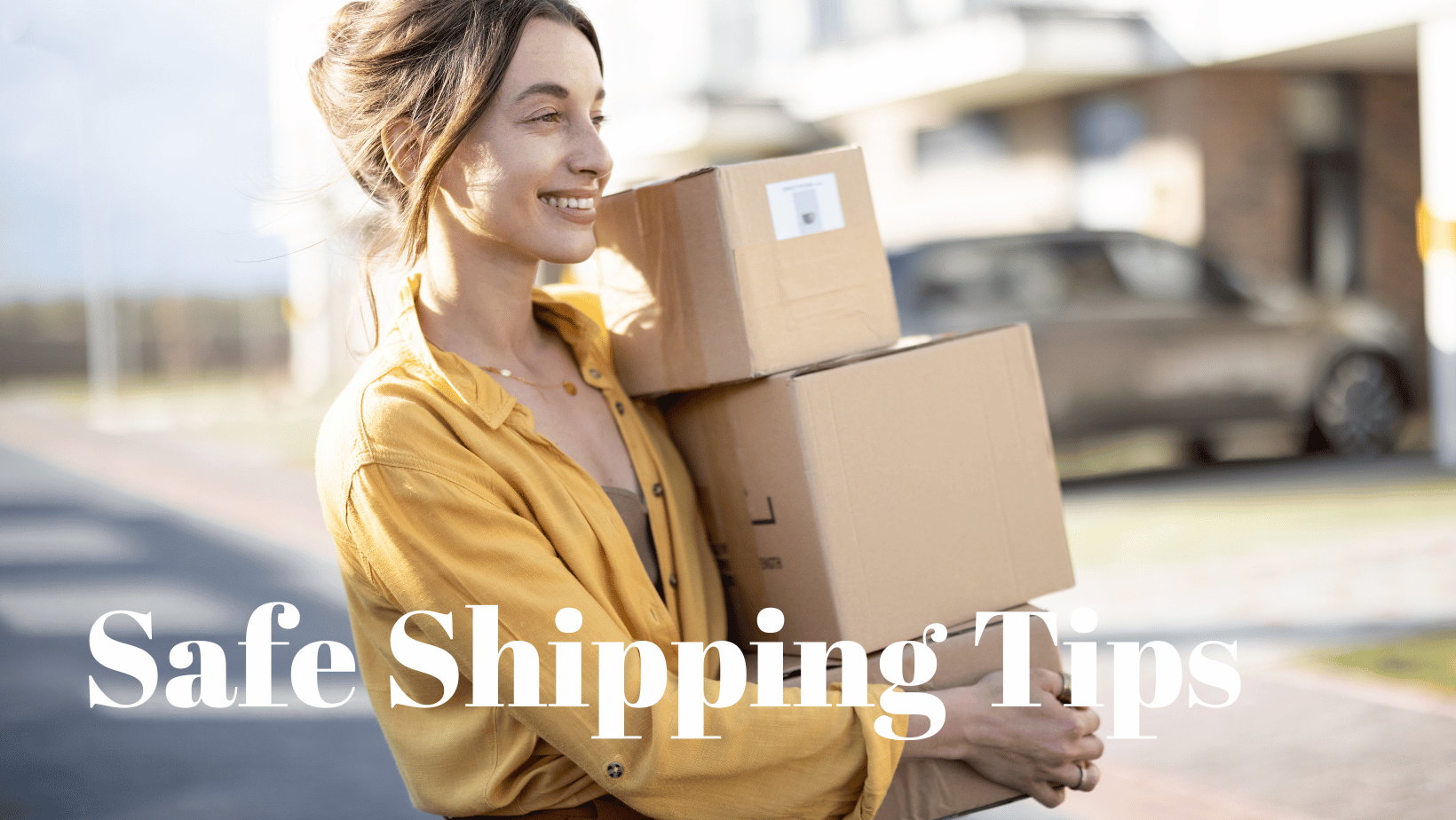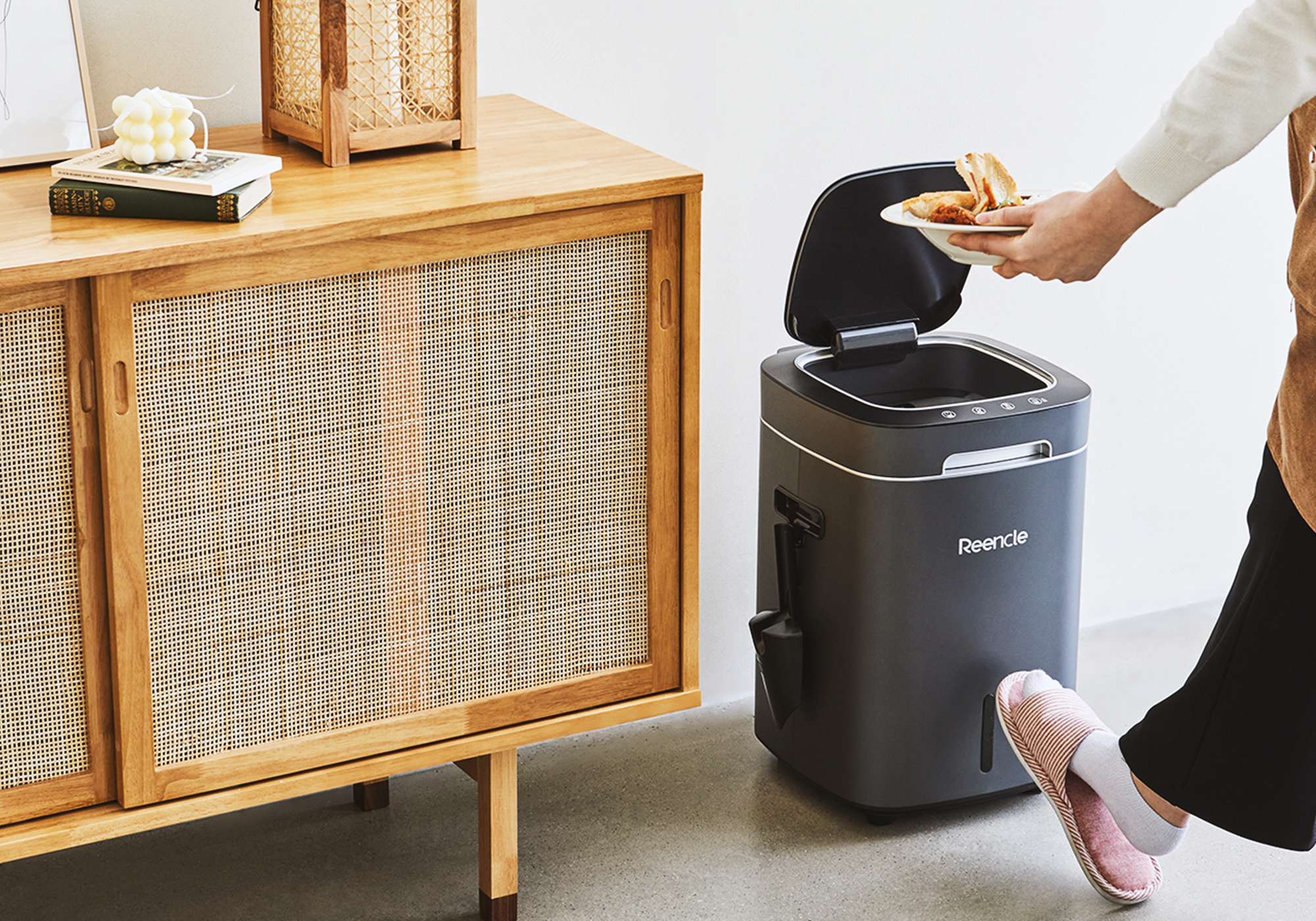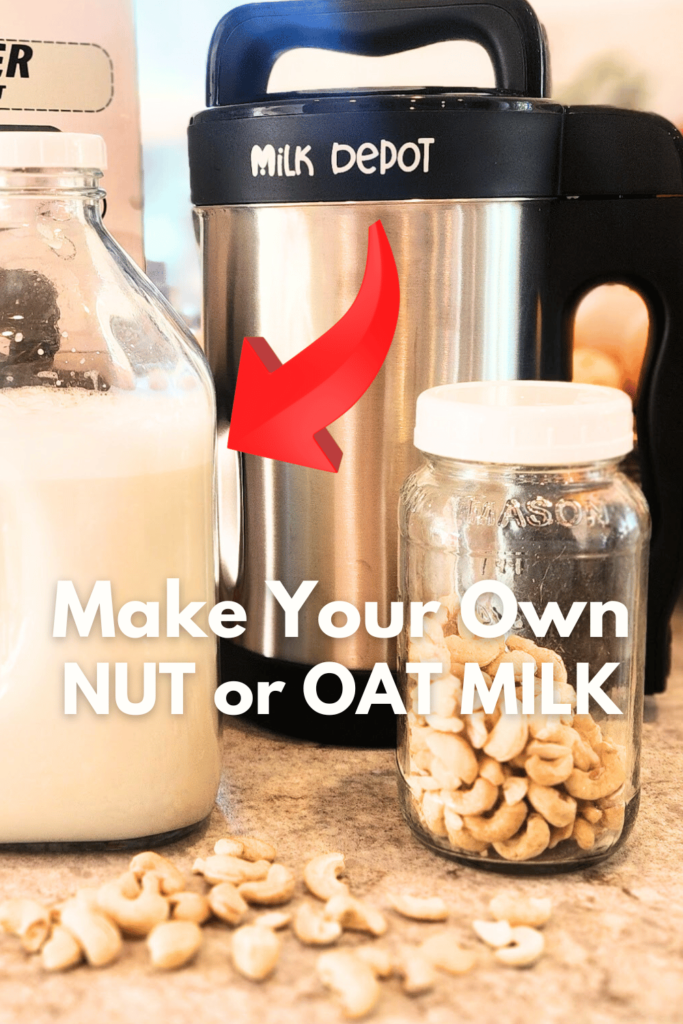Whether you’re shipping personal belongings, important documents, or valuable products, ensuring they arrive safely and securely is always a top priority.
Shipping mishaps can lead to damaged goods, financial losses, or dissatisfied customers. Fortunately, with the right precautions, you can minimize risks and ensure smooth delivery every time. Here are some essential tips for safe and secure shipping.
1. Choose the Right Packaging Materials
Proper packaging is crucial to preventing damage during transit. The right materials can make the difference between a successful delivery and broken or damaged items. Here’s what to consider:
Use Sturdy Boxes: Select a box that’s strong enough to hold your items without breaking or collapsing. If you’re shipping heavy or fragile items, double-walled boxes provide extra protection.
Padding and Cushioning: Fill empty spaces in the box with cushioning materials like bubble wrap, foam, or packing peanuts. This will help to absorb shocks and prevent items from moving around during shipping. For especially fragile items, consider double-boxing for added security.
Protective Wrapping: Wrap delicate items individually in bubble wrap or foam sheets to ensure they’re fully protected.
Use Proper Sealing: Reinforce all box seams with strong packing tape, especially the bottom of the box. Sealing the edges and flaps securely will prevent the box from opening during transit.
2. Choose a Reliable Shipping Provider
Selecting the right shipping provider is key to ensuring your package is handled carefully and delivered on time. You can browse providers on shiply.com, but you should also consider these factors when choosing a provider:
Reputation: Look for companies with a proven track record of safe and reliable shipping. Customer reviews, testimonials, and recommendations from friends or colleagues can help you to gauge the reliability of different providers.
Tracking Options: Choose a provider that offers real-time tracking, so you can monitor the status and location of your package at all times.
Shipping Insurance: Some shipping providers offer insurance for packages, covering the cost of any damages or loss. This is especially important for valuable, fragile, or irreplaceable items.
Specialized Services: If you’re shipping valuable or fragile goods, check if the shipping provider offers services like white-glove handling or temperature-controlled shipping to protect your items.
3. Purchase Shipping Insurance
While choosing a reliable shipping provider helps to minimize risks, accidents can still happen. That’s where shipping insurance comes in. Shipping insurance provides financial protection in case your package is lost, damaged, or delayed. Here’s why it’s worth considering:
Protect Valuable Items: If you’re shipping high-value goods, such as electronics, art, jewelry, or antiques, insurance will cover their value if something goes wrong.
Peace of Mind: Even if your items aren’t particularly expensive, shipping insurance offers peace of mind, knowing that you’ll be compensated if anything happens during transit.
Make sure to carefully read the terms of the insurance policy, as coverage may vary based on factors like the value of the goods, destination, and type of shipping service used.
4. Consider the Weather
Weather conditions can significantly impact the safety of your shipment, especially if you’re shipping sensitive or temperature-sensitive items. When shipping in extreme weather conditions (like heat waves or snowstorms):
Plan for Delays: Weather can slow down delivery times, so factor this in if you’re shipping something time-sensitive.
Use Temperature-Controlled Shipping: For perishable items like food, plants, or medicine, choose temperature-controlled shipping services that keep your goods at a stable temperature.
Waterproof Your Package: In rainy or snowy weather, protect your package by using waterproof materials or placing the item inside a plastic bag before sealing it in the box.
To Conclude
Safe and secure shipping isn’t just about choosing the right provider but also involves careful planning, proper packaging, and proactive measures to protect your items. By following these tips, you can significantly reduce the risk of lost, damaged, or stolen packages, ensuring that your shipments arrive intact and on time. Whether you’re shipping domestically or internationally, these best practices will give you peace of mind and help to maintain the trust of your recipients or customers.




